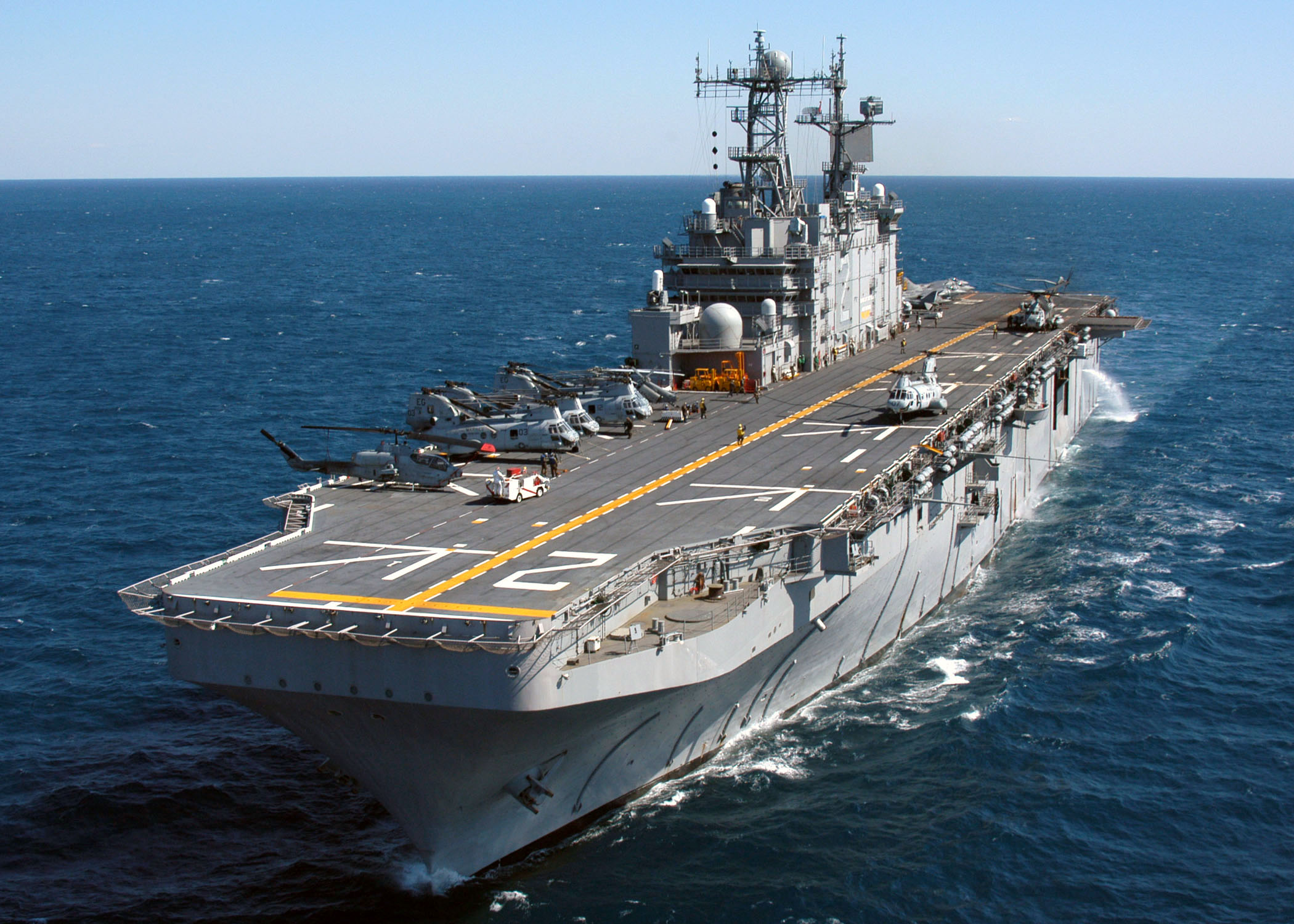What a terrible disaster - and a confounding one for a guy like me with a lot of blue sea navy experience. I mean how can a ship of that size just capsize in relatively calm waters?
.
It had to be multiple problems/multiple errors...otherwise these things would be happening all the time. From what I have gleaned from various media sources.
.
First: The ship/ferry was overloaded. Not with people (who don't weight that much) but with cargo/vehicles.
.
Second: The cargo/vehicles weren't well secured (wow- #1 rule on a navy ship)...so when it tilted/listed they moved...making it worse.
.
Third: The ship/ferry had been bought from Japan and had been modified to add additional cargo space...some on the higher decks (where you should NEVER put heavy cargo) and the ship's balance/seaworthiness was compromised. Obviously you don't add top weight on a ship even if you add bottom weight...unbelievable.
.
Fourth: The 3rd mate was on watch...a 25 year old who had little experience driving the ship and the Captain was in his cabin. In any kind of even borderline iffy currents of a navigational channel you always have the Captain on the Bridge or the 1st LT...experience!
.
The 5th, 6th, and 7th problems were basically consecutive and the ball game was over by then - except that a proper warning to the passengers could have saved a few hundred lives. Once a ship like that went over...with limited access from below decks...50 people were going to die...simple as that. The fact that as many died who apparently did is borderline criminal (depending on the final facts)...especially if the abandon ship warning was never given.
.
It's a very sad story - and something that hits me a bit - having sailed the seven seas in much worse conditions than this ship/ferry capsized in.
.
Bottom line: If you go on a large ferry on vacation - even just across a big river - know where your life jackets are and stay above decks.
.
RIP to the hundreds of Korean High Schoolers who lost their lives needlessly.
.
It had to be multiple problems/multiple errors...otherwise these things would be happening all the time. From what I have gleaned from various media sources.
.
First: The ship/ferry was overloaded. Not with people (who don't weight that much) but with cargo/vehicles.
.
Second: The cargo/vehicles weren't well secured (wow- #1 rule on a navy ship)...so when it tilted/listed they moved...making it worse.
.
Third: The ship/ferry had been bought from Japan and had been modified to add additional cargo space...some on the higher decks (where you should NEVER put heavy cargo) and the ship's balance/seaworthiness was compromised. Obviously you don't add top weight on a ship even if you add bottom weight...unbelievable.
.
Fourth: The 3rd mate was on watch...a 25 year old who had little experience driving the ship and the Captain was in his cabin. In any kind of even borderline iffy currents of a navigational channel you always have the Captain on the Bridge or the 1st LT...experience!
.
The 5th, 6th, and 7th problems were basically consecutive and the ball game was over by then - except that a proper warning to the passengers could have saved a few hundred lives. Once a ship like that went over...with limited access from below decks...50 people were going to die...simple as that. The fact that as many died who apparently did is borderline criminal (depending on the final facts)...especially if the abandon ship warning was never given.
.
It's a very sad story - and something that hits me a bit - having sailed the seven seas in much worse conditions than this ship/ferry capsized in.
.
Bottom line: If you go on a large ferry on vacation - even just across a big river - know where your life jackets are and stay above decks.
.
RIP to the hundreds of Korean High Schoolers who lost their lives needlessly.

